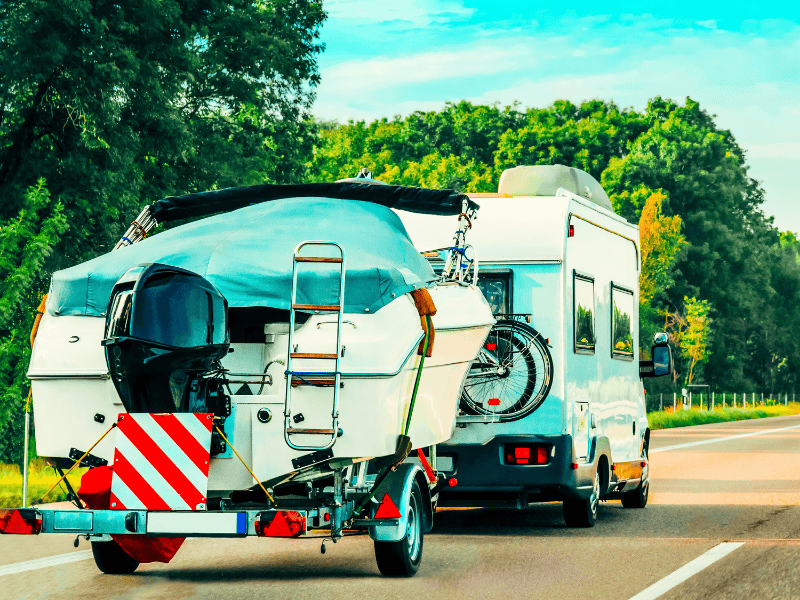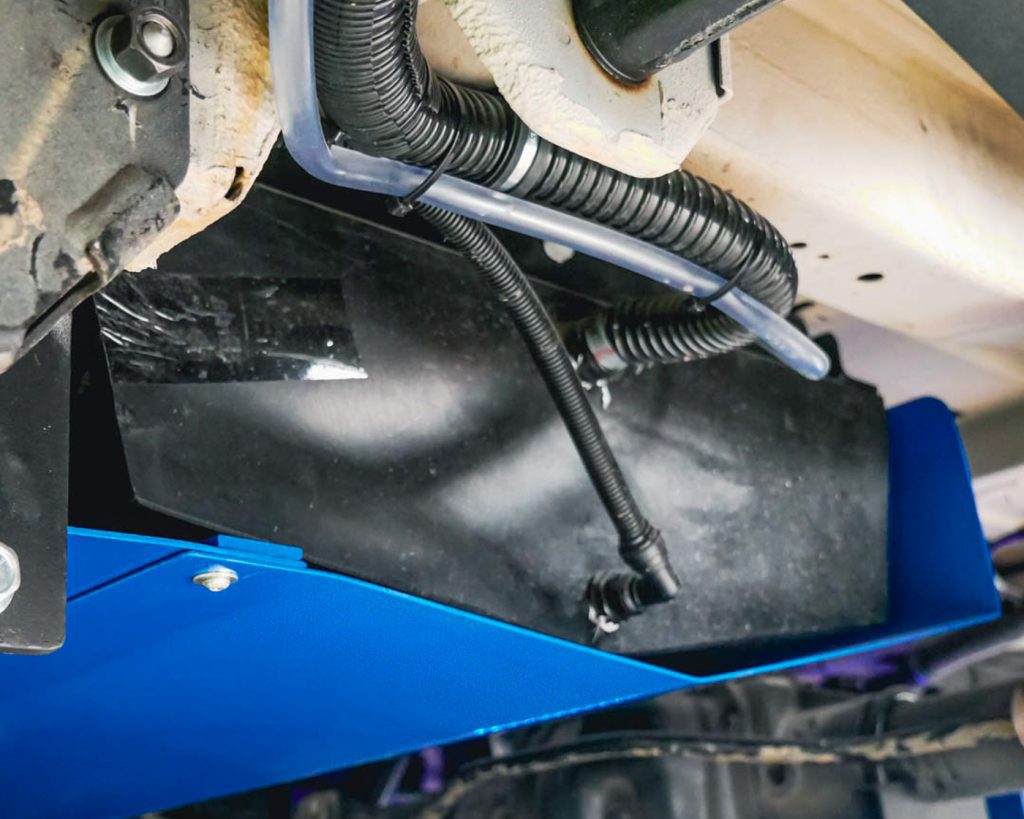Owning a caravan opens doors to the freedom and adventure that come with exploring Australia’s breathtaking landscapes. For caravan owners in Victoria, though, ensuring your rig meets legal and safety standards is essential—not just for your own safety, but for everyone’s on the road. Overloading your caravan can lead to hefty fines, accidents, and even invalidate your insurance. To help you hit the road confidently, we’ve created this guide to ensure your caravan is safe, compliant, and ready for your next adventure.
Why Caravan Weight Matters
Legal Risks
Overloading your caravan risks violating weight restrictions imposed by law. Each caravan has specific weight limits, and exceeding these can result in on-the-spot fines from authorities. Worse, if an accident occurs, your insurance company may refuse to cover you due to non-compliance with weight regulations.
Safety Concerns
Overweight caravans are harder to control, increasing the risk of accidents, particularly during sudden stops or sharp turns. Overloading can also put immense strain on your vehicle’s brakes, suspension, and tyres, making them more prone to failure. This is a particularly pressing concern on Victoria’s winding mountain roads and coastal highways, where control is critical.
Understanding these risks is vital, but managing your caravan’s weight starts with knowing how to measure and stay within its limits.

Step-by-Step Guide to Calculating Payload and Towing Capacity
To keep your caravan roadworthy, you must understand two essential limits:
- Payload Capacity – How much extra weight your caravan can safely carry, including water, gas bottles, personal items, and modifications.
- Towing Capacity – The maximum weight your towing vehicle can handle, including the caravan.
Step 1: Check Weight Labels
Identify the following weights from your caravan’s compliance plate:
- ATM (Aggregate Trailer Mass) – The total allowable weight of your caravan when fully loaded.
- Tare Mass – The weight of your empty caravan.
From these, calculate your Payload Capacity:
Payload Capacity = ATM – Tare Mass
Next, review your car’s owner’s manual or compliance plate for the following:
- GTM (Gross Trailer Mass) – The maximum weight your car can tow safely.
- GCM (Gross Combination Mass) – The maximum combined weight of your car and caravan.
Step 2: Add Up the Extras
Include the weight of:
- Full water tanks (1 litre = 1 kg)
- Gas bottles
- Camping gear
- Food and other supplies
- Passengers in the tow vehicle
Step 3: Ensure Compliance
The combined weight of your loaded caravan and car, plus passengers and extras, must not exceed the GCM of your vehicle. Likewise, the caravan’s loaded weight must stay below the ATM.
Example Calculation
Imagine you’re towing a caravan with:
- ATM of 2,700kg
- Tare Mass of 2,100kg
- Payload Capacity = 2,700 – 2,100 = 600kg
If your loaded weight exceeds 2,700 kg, you’re overloaded and need to reduce the amount you’re carrying.
Tools and Tips for Weighing Your Caravan
Weighing your caravan isn’t as daunting as it seems. With the right tools and locations, you can easily ensure your weights are within limits.
Portable Scales
Portable scales allow you to weigh individual axles and verify load distribution across your caravan. Many Australian camping stores stock these scales, making them a convenient option for regular checks.
Public Weighbridges in Victoria
Weighbridges are reliable and precise, and Victoria has several easy-to-access options. Key locations include:
- Public Weighbridge Geelong
- Public Weighbridge Wallan
- Public Weighbridge Officer
To find more weighbridges near you or along your travel route, visit goweigh.com.au for a handy directory of public weighbridges across Victoria and Australia.
If getting out to a public weighbridge isn’t convenient, there are also companies that offer mobile weighing services and will come to your home. These services use portable scales to assess your full caravan and towing setup right on your driveway. For local providers, try searching Google with the phrase “mobile vehicle and caravan weighing services for towing vehicles near me” to find someone in your area.
Distribution & Balancing Tips
When weighing your caravan:
- Ensure cargo is distributed evenly across the axles.
- Avoid placing too much weight at the front or rear, as this can destabilise the caravan during travel.
Recommendations for Shedding Unnecessary Weight
Even the most careful packers can exceed weight limits without realising it. Use these strategies to trim down your caravan’s excess weight.
Audit and Prioritise
- Only Pack Essentials – Leave behind items you haven’t used on previous trips.
- Reduce Water Load – If you’ll be staying near water-filling points, travel with partially full or empty water tanks and fill them only when necessary.
- Minimalist Gear – Opt for lightweight camping and cooking equipment to minimise bulk.
Swap and Simplify
- Upgrade to Lightweight Items – Replace heavy materials like steel cooking pots with aluminium alternatives.
- Eliminate Duplicates – Avoid packing redundant items. For instance, do you really need multiple camping chairs or extra pillows? One per person is enough.
De-clutter
- Remove Unused Modifications – Fancy fittings like awnings, roof racks, or extra cupboards can add significant weight. Consider whether you genuinely need them for your trip.
Attach Extras to Your Tow Vehicle
Where suitable, transfer items like bicycles or boxes to roof racks or boot storage in your tow car. Just ensure they don’t compromise your vehicle’s load capacity.
Travel with Confidence
Whether you’re taking on the Great Ocean Road or heading to the serenity of the Victorian High Country, understanding your caravan’s weight limits is vital for a safe and hassle-free trip. By following this guide, you can prepare your caravan to handle Victoria’s unique landscape while complying with Australian legal standards.
Before your next getaway, weigh your rig, trim your load, and enjoy peace of mind on the open road. Safe travels!



